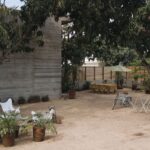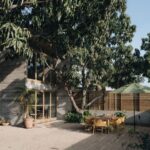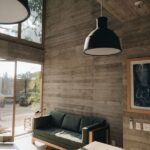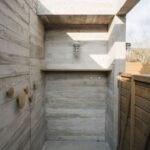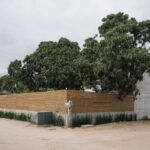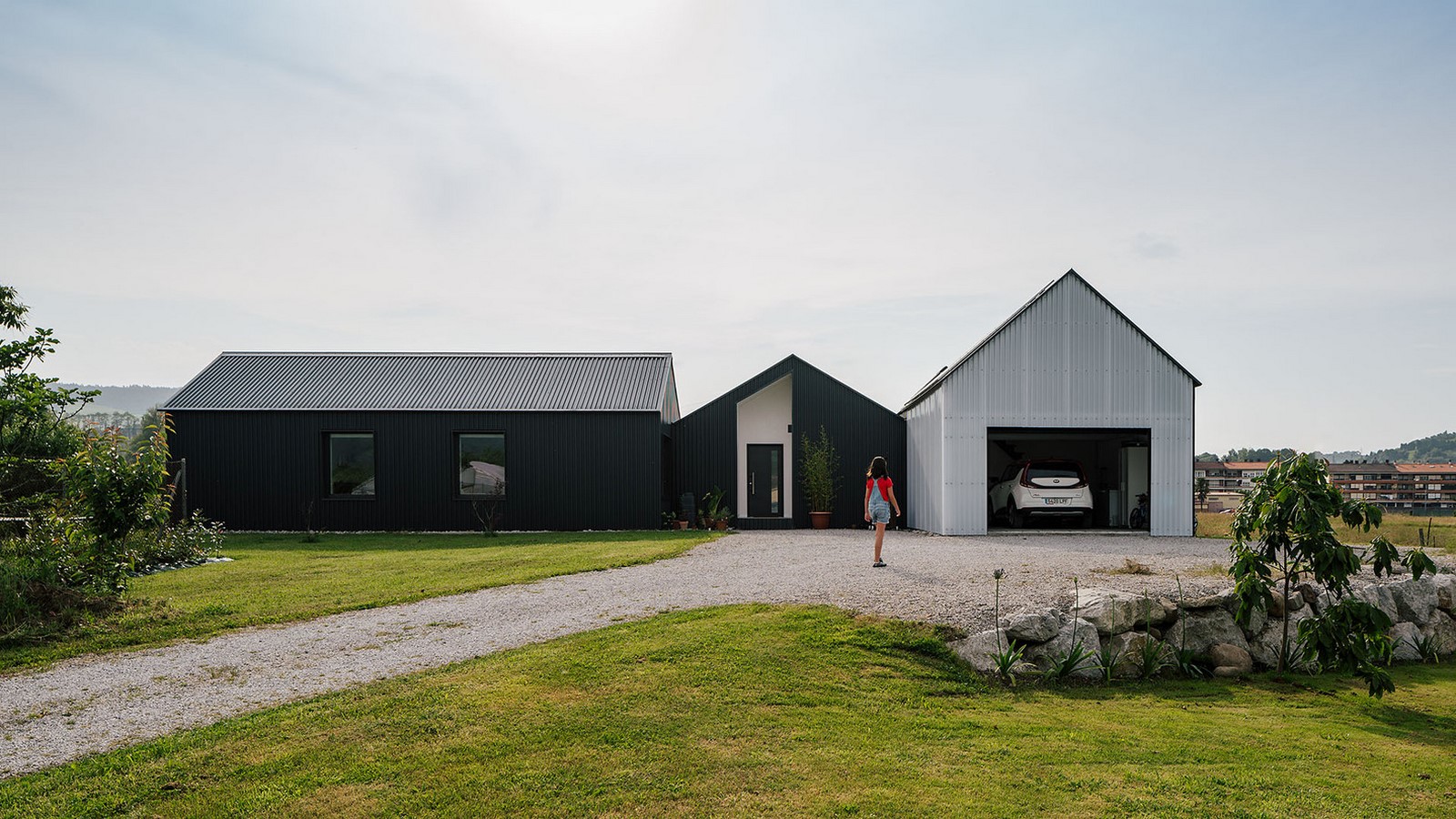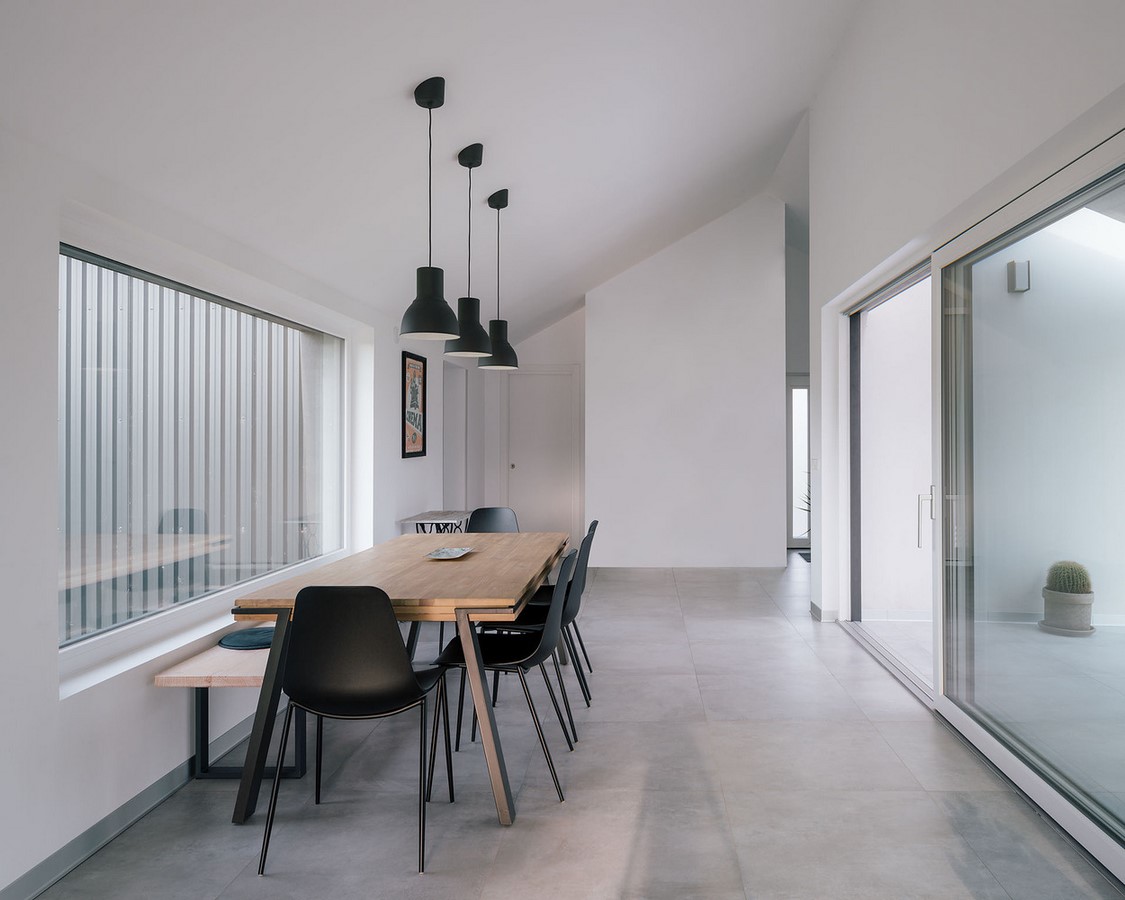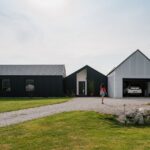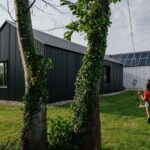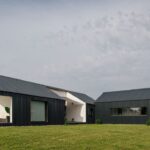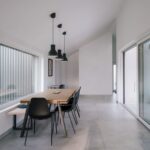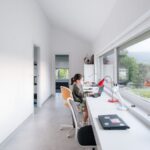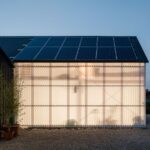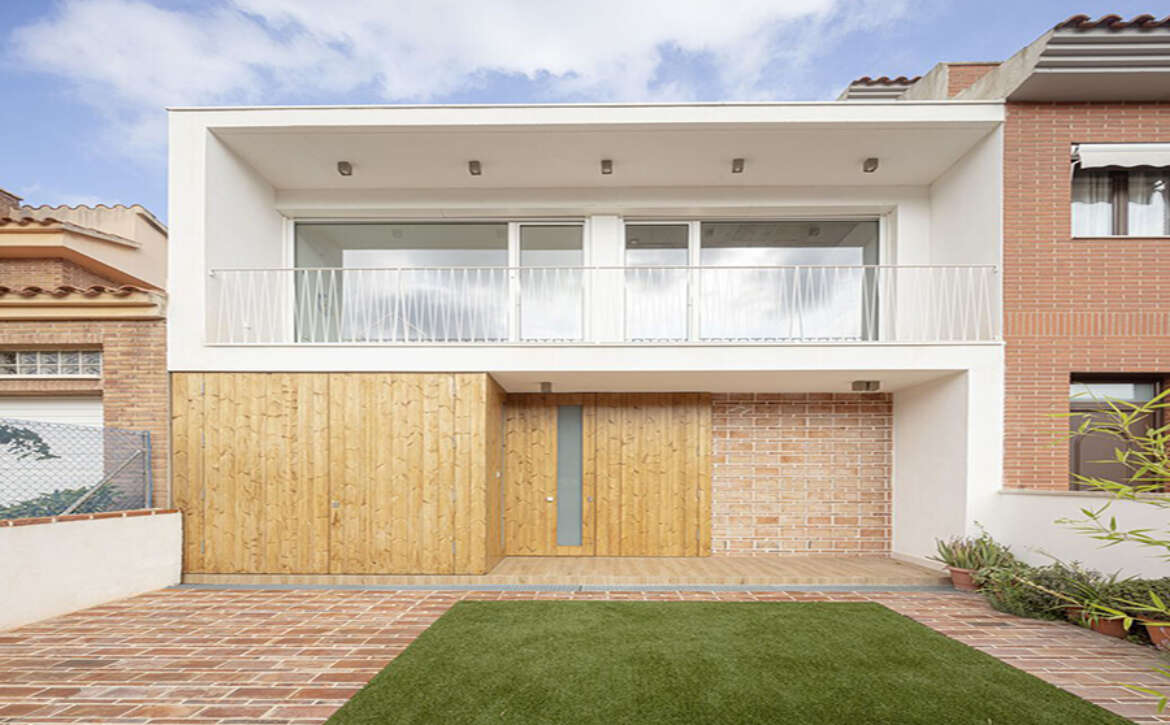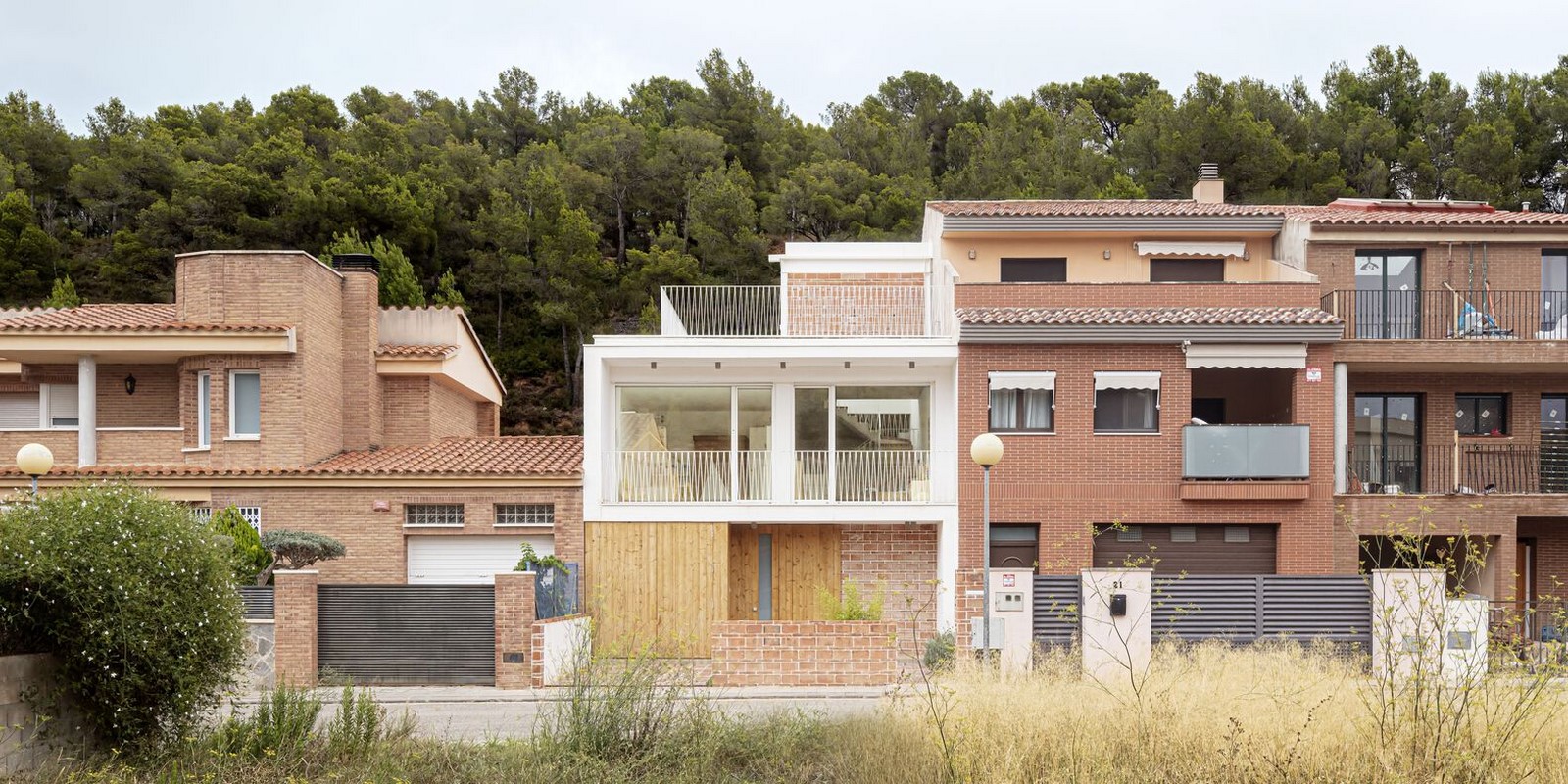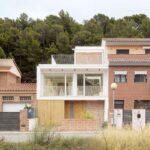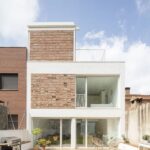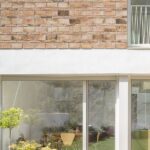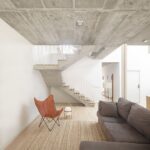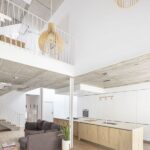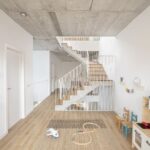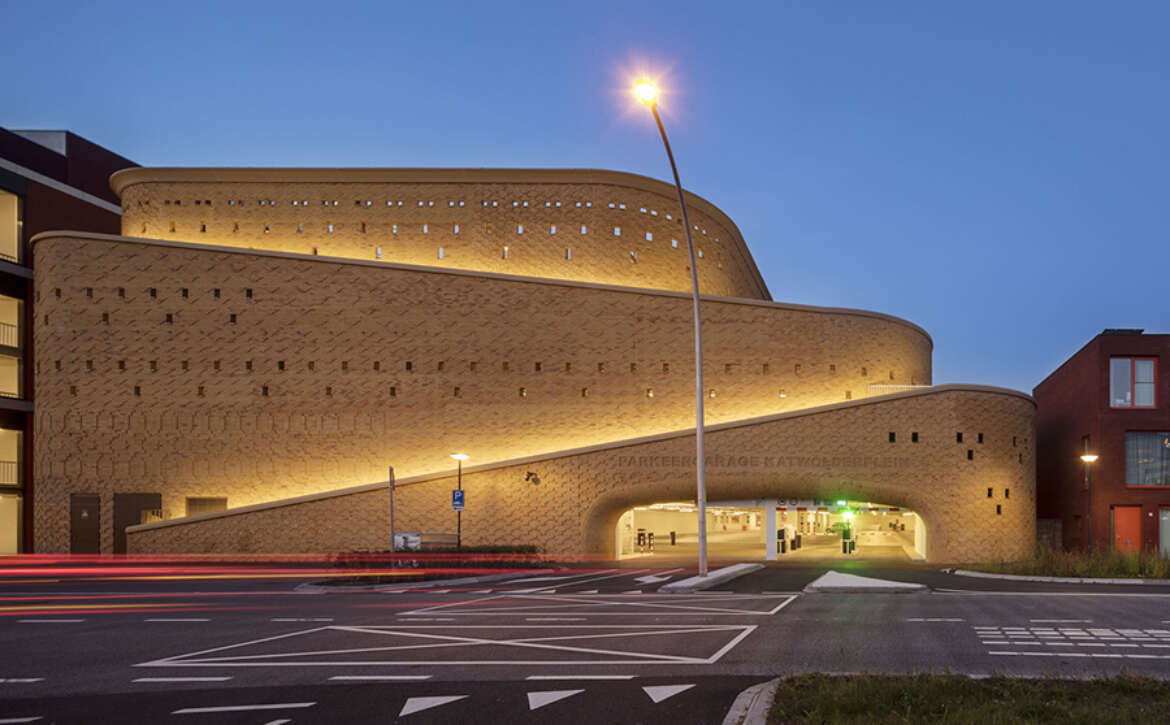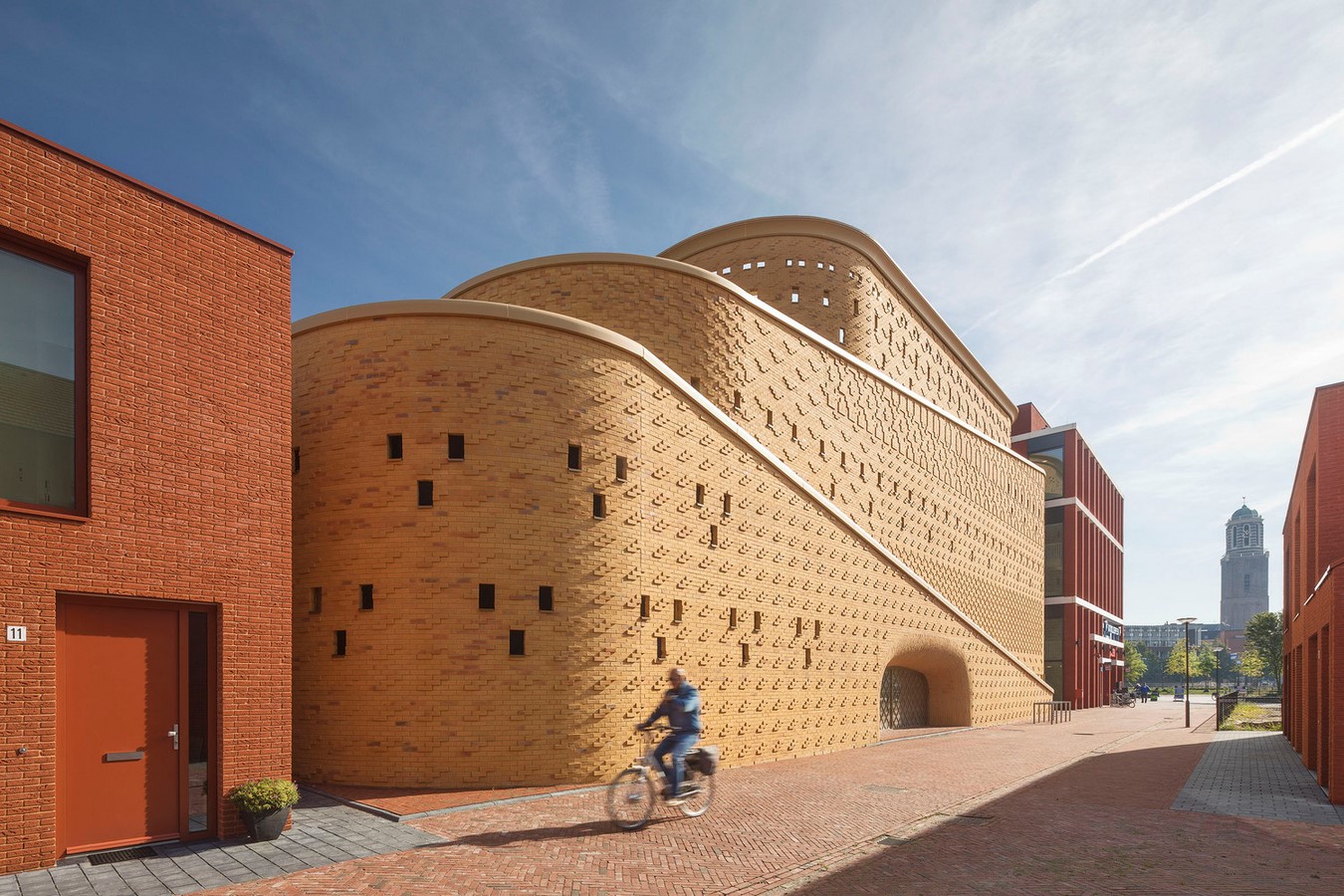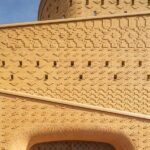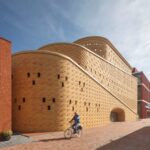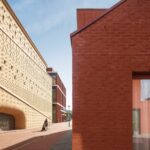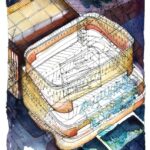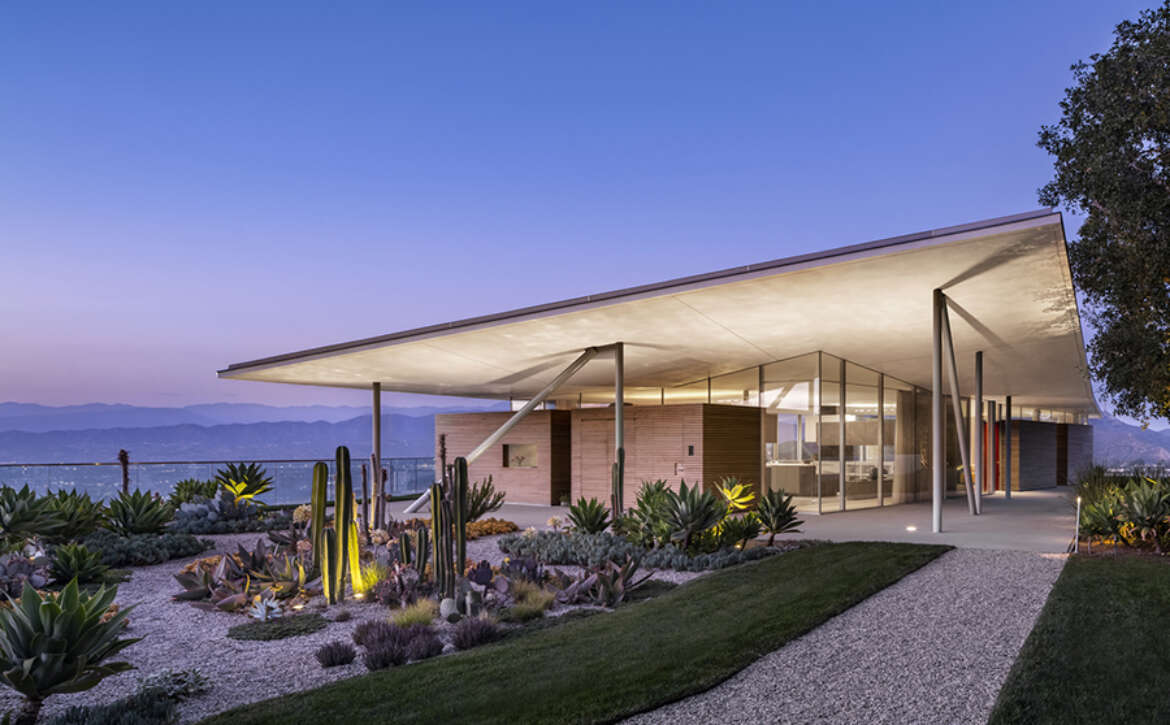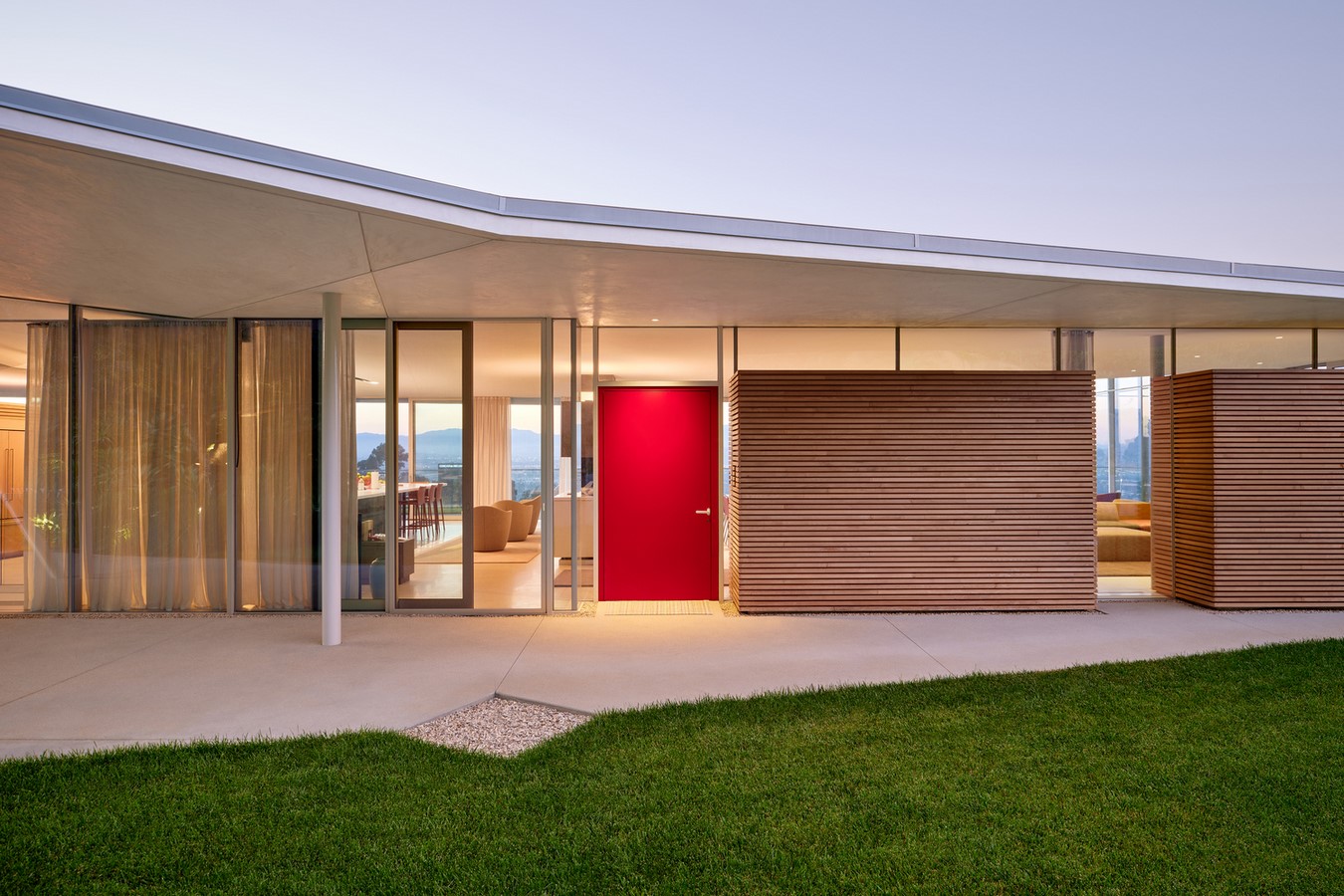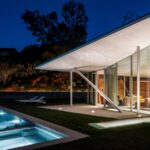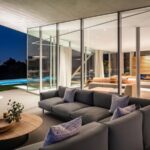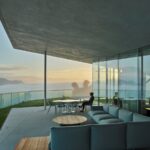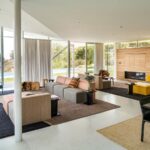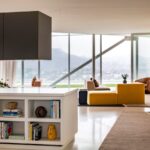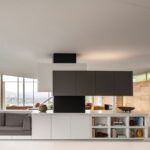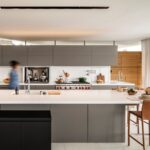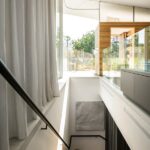Crafting Casa NU A Surfer’s Haven
Casa NU, nestled in the serene environs of La Saladita beach, emerged as a testament to the profound bond between client and architect. Rooted in the ethos of camaraderie and creative exchange, Casa NU, derived from the French word “nous” meaning “we,” embodies the materialization of years-long friendship, offering a novel retreat for surf enthusiasts seeking solace along the Mexican Pacific coast.

Architectural Harmony
Situated on a corner lot, Casa NU’s architectural layout mirrors the fluidity of surfing, optimizing space utilization akin to navigating ocean waves. Preserving the verdant mango trees, the design imbues the surroundings with cool shade, fostering an ambiance of tranquility and neighborly camaraderie.
Innovative Design Elements
The architectural program of Casa NU defies convention, ingeniously integrating essential spaces into the external realm. From laundry facilities to storage rooms and private outdoor showers, these designated spaces form a protective perimeter, seamlessly blending functionality with aesthetics.

Elevated Living Spaces
Within the confines of Casa NU, a double-height scheme amplifies the sense of space, culminating in a loft adorned with a King Size bed and ample storage. The ground floor hosts a well-appointed kitchen, living area, and a bathroom, ensuring flexibility in spatial utilization to accommodate guests.
Honoring Materials and Finishes
Emphasizing authenticity and dignified aging, Casa NU employs a palette of materials that age gracefully. Exposed concrete walls, polished concrete floors with brass joints, and pinewood accents exude timeless elegance, while oxidized metallic elements add character to the abode.
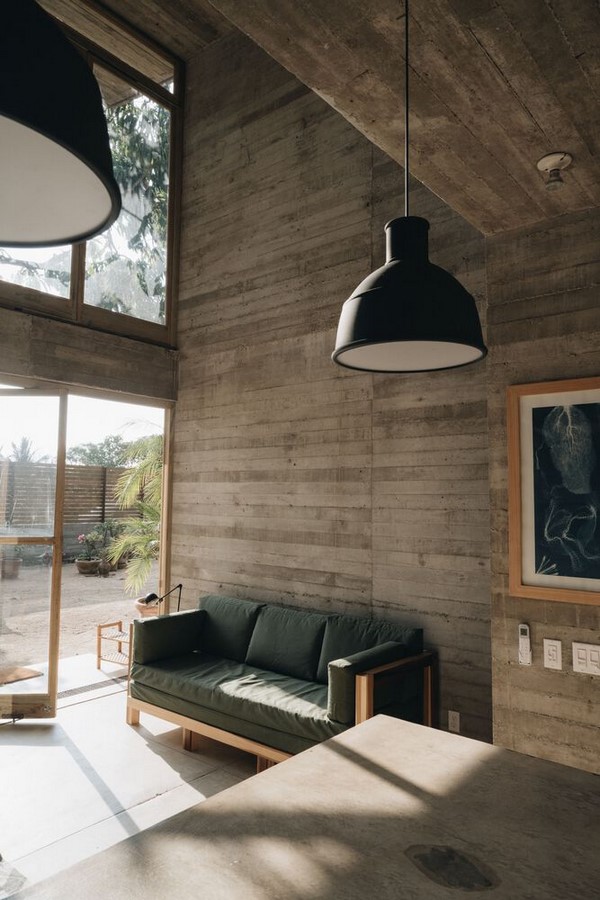
Seamless Integration of Luxury and Comfort
Every aspect of Casa NU, meticulously curated to preserve design integrity, epitomizes luxury and comfort. From concealed service facilities to spacious interiors, the residence exudes an aura of simplicity and sophistication, offering a haven of tranquility amidst the vibrant surf culture.
Embracing Serenity
In essence, Casa NU encapsulates the essence of rest and tranquility, beckoning weary surfers to unwind and recharge amidst the rhythm of crashing waves. As a sanctuary for rejuvenation, Casa NU invites visitors to embrace the serenity of La Saladita beach, fostering moments of blissful reprieve after exhilarating surf sessions.


